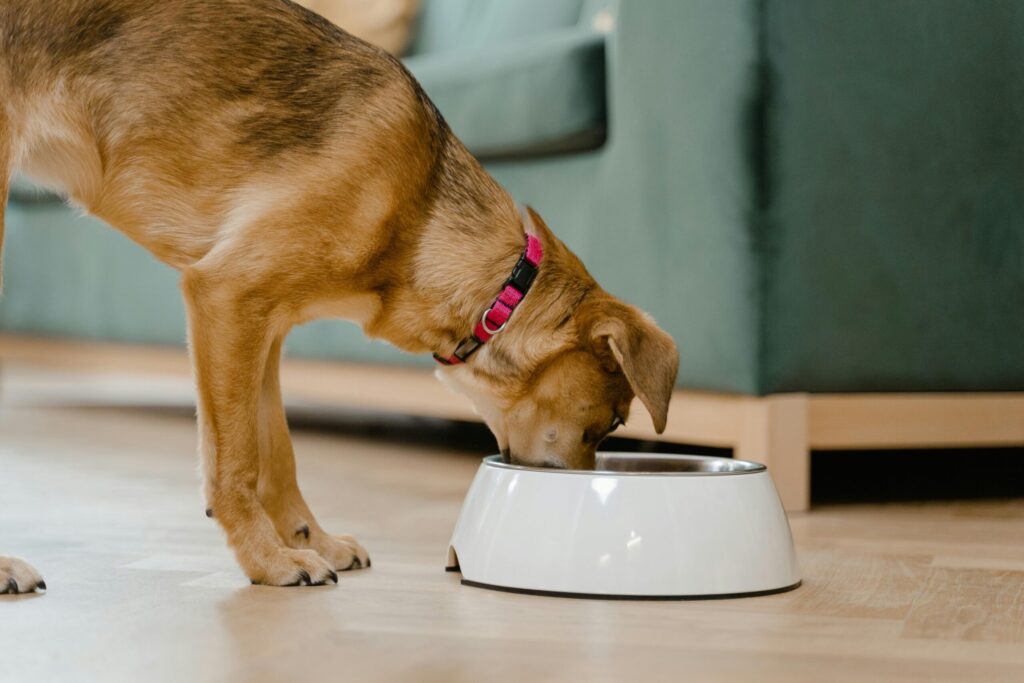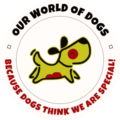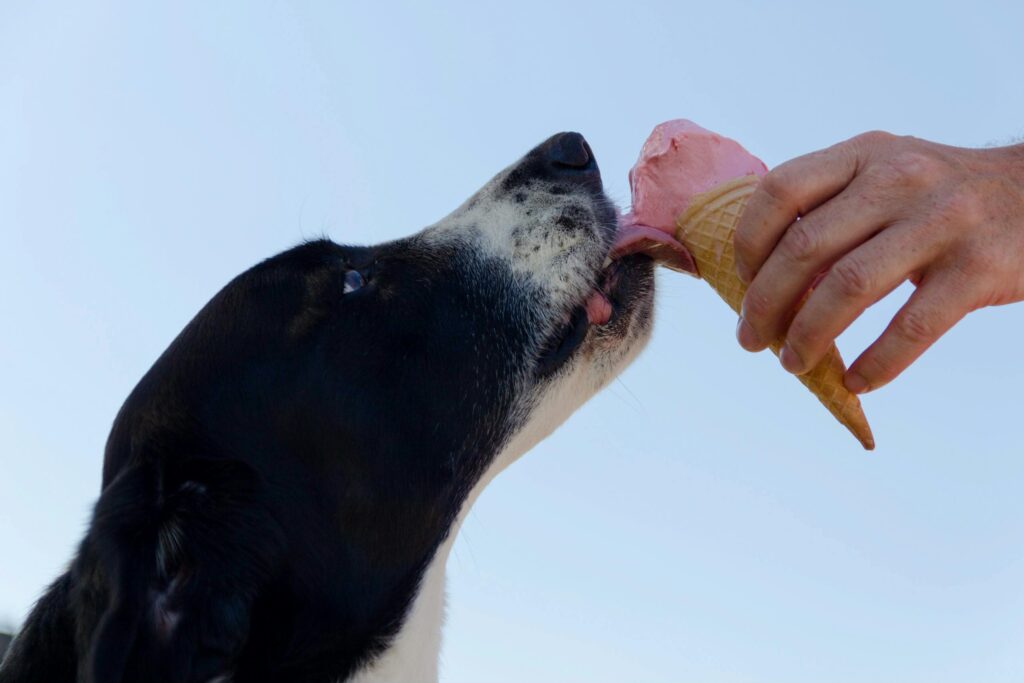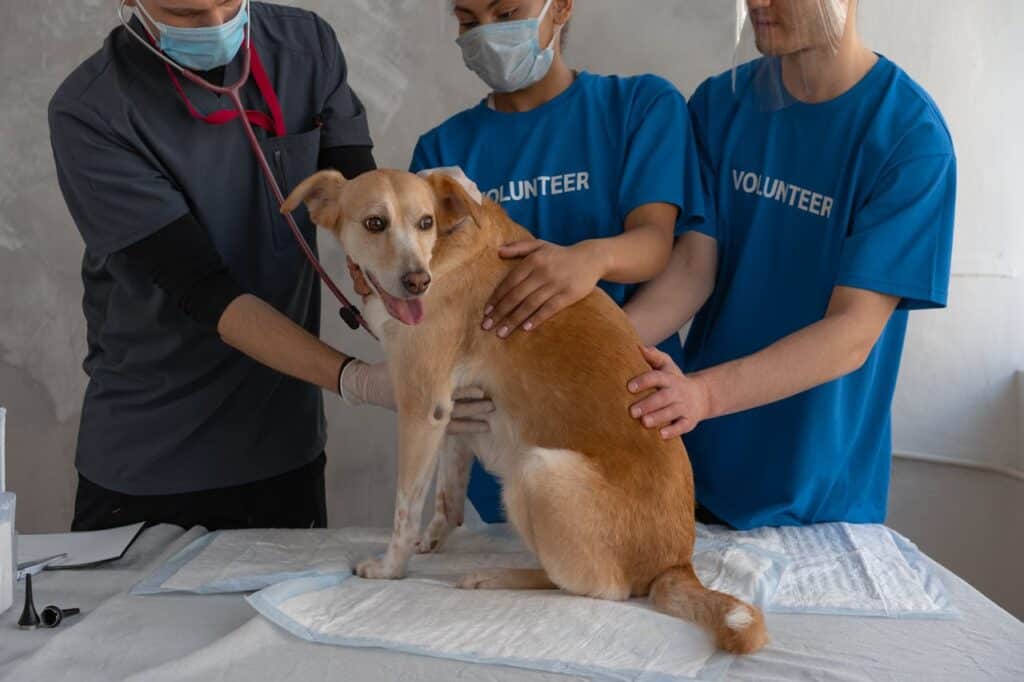Feeding a dog often feels overwhelming for new and even experienced pet parents. Unlike humans, dogs have unique dietary needs that must be carefully balanced to keep them healthy, active, and thriving. The right food can ensure a shiny coat, strong muscles, better digestion, and even prevent several health problems in the long run. The wrong food, on the other hand, can cause obesity, organ damage, digestive issues, or even be life-threatening. This guide takes you through everything you need to know about feeding your dog, choosing safe foods, and avoiding toxic ingredients.
The Importance of a Balanced Diet
Dogs, like humans, require a diet that combines proteins, fats, carbohydrates, vitamins, minerals, and water in adequate amounts. These nutrients support different bodily functions that keep your pet strong and full of life.
- Protein: Dogs need proteins to build and repair tissues, improve immunity, and maintain healthy hair and skin. Meat, fish, and eggs are among the best protein sources. Puppies and active breeds such as Huskies or Border Collies often require higher protein intake.
- Fats: Often misunderstood as unhealthy, certain fats are essential for dogs. Omega-3 and omega-6 fatty acids keep the coat glossy, protect the skin, and aid in brain function. These fats come from fish oil, animal fats, and seeds.
- Carbohydrates: While dogs do not require as many carbohydrates as humans, quality carbs from vegetables and whole grains provide energy and aid digestion. Brown rice, oats, and sweet potatoes are safer than processed carbs.
- Vitamins and Minerals: Calcium and phosphorus are crucial for strong bones and teeth. Iron supports oxygen transport in the blood, while vitamins such as A, D, and E boost immunity and longevity. These are found in vegetables, fruits, and fortified foods.
- Water: Hydration cannot be stressed enough. Water regulates body temperature, aids digestion, and is vital for every bodily process. Dogs should always have access to fresh, clean water.
Typical feeding ratios vary with age and health. Puppies need high energy, 50% of their diet from protein and healthy fats. Adult dogs do well on about 40–50% protein, 20–30% fats, and the rest from carbs and fiber. Senior dogs often require fewer calories but more joint supplements such as glucosamine or omega-3 oils.
Safe Human Foods Dogs Can Eat
While most of a dog’s nutrition should come from high-quality dog food, certain human foods are safe snacks and can provide additional nutrition. Moderation is always key, and foods should be cut into small, manageable pieces.
- Lean meats such as unseasoned chicken, turkey, and beef provide high-quality protein.
- Fish, especially salmon and sardines, are loaded with omega-3 fatty acids for heart and skin health.
- Eggs, when boiled or scrambled without oil, offer protein and vitamins like B12.
- Vegetables including carrots, cucumbers, broccoli, peas, spinach, pumpkin, and green beans are low in calories, high in fiber, and provide essential antioxidants.
- Fruits such as apples (seedless), watermelon, blueberries, and bananas give hydration and vitamins while acting as natural treats.
- Grains including rice, oats, and quinoa are easy-to-digest carbohydrate sources for energy.
- Dairy in small amounts such as plain yogurt or cottage cheese is safe for dogs that are not lactose intolerant.
- Legumes like cooked lentils and chickpeas are safe protein and fiber additions.
- Sweet potatoes and pumpkin support digestion by adding fiber while helping regulate bowel movements.
- Peanut butter (unsalted and without xylitol) is an excellent occasional treat rich in protein and healthy fats.
While these foods are safe, they must be introduced slowly. Each dog reacts differently, and allergies or intolerances may develop.
Toxic Foods Dogs Must Avoid
Determining which human foods are unsafe is even more crucial. What is safe for you can sometimes be deadly for your dog. Here are the most dangerous items:
- Grapes and raisins: Even small amounts can cause acute kidney failure. The exact toxin is unknown but the effects are severe.
- Chocolate: Contains theobromine and caffeine, which overstimulate the nervous system and heart, leading to seizures or even death. Dark chocolate is the deadliest.
- Onions, garlic, leeks, and chives: Belonging to the allium family, they destroy red blood cells and cause anemia. Even onion powder in processed foods is harmful.
- Avocado: Contains persin, which may cause vomiting and diarrhea in large amounts.
- Alcohol: Extremely dangerous due to its effect on the liver, leading to disorientation, coma, or even fatality.
- Caffeine: Found in coffee, tea, energy drinks, and chocolate, it overstimulates the heart and nervous system.
- Xylitol: A common artificial sweetener in gum, toothpaste, and baked goods, this is one of the deadliest ingredients for dogs. It causes insulin surges, dangerously low blood sugar, and severe liver damage.
- Macadamia nuts: Even a few nuts may cause weakness, tremors, hyperthermia, and vomiting.
- Raw bread dough: The yeast multiplies in the stomach, producing both alcohol and gas, which are life-threatening.
- Cooked bones: Splinter easily, leading to tears in the digestive tract and choking hazards.
- High-fat fried foods: Cause pancreatitis, a painful and dangerous inflammation of the pancreas.
Accidental ingestion of toxic foods requires immediate veterinary attention.

Feeding Guidelines for Different Life Stages
Dogs at different stages of life require unique nutritional approaches:
- Puppies: Require calorie-dense and protein-rich foods to support growth. They benefit from small, frequent meals spaced throughout the day. Puppy-specific formulas are usually enriched with DHA for brain development.
- Adults: With full growth achieved, adult dogs need balanced diets based on activity level. Sporting or working dogs may require more calories and protein, while less active house dogs may need fewer calories to prevent obesity.
- Seniors: Older dogs often have slower metabolisms and may develop arthritis or kidney problems. They need diets lower in calories but higher in omega-3, glucosamine, and antioxidants. Soft foods often help with dental challenges.
Tips for Healthy Feeding Habits
- Consistent schedule: Feed your dog at the same times daily to regulate digestion.
- Portion control: Follow the feeding guidelines on packaged food and adjust according to activity and body condition.
- Limit treats: Treats should not exceed 10% of daily intake.
- Gradual changes: Switching from one food brand or type to another must be gradual to avoid stomach upset.
- Supervise human food: Keep harmful ingredients away from reach, as dogs are natural scavengers.
- Read labels: Ensure commercial foods avoid excessive fillers, artificial preservatives, and by-products.
Homemade vs Commercial Diets
Commercial dog food is formulated to meet nutritional standards, making it convenient and balanced. However, not all brands are equal. Premium brands use quality protein sources, while low-cost options may rely heavily on fillers. Homemade diets, prepared with fresh ingredients, allow control over what goes into your dog’s bowl but require careful planning to avoid deficiencies. Before starting a homemade diet, consulting a veterinarian or canine nutritionist is essential.
Summary
Feeding your dog the right balance of nutrients, supplementing with safe human foods, and avoiding toxic ones will ensure a healthier, longer life. Nutrition should never be overlooked, as it is directly linked to preventing diseases, boosting immunity, and keeping your pet comfortable and happy. A dog’s diet should be adjusted according to age, health conditions, and lifestyle, and owners should remain alert to any adverse reactions. When in doubt, it is always safest to check with a veterinarian before introducing a new food.



